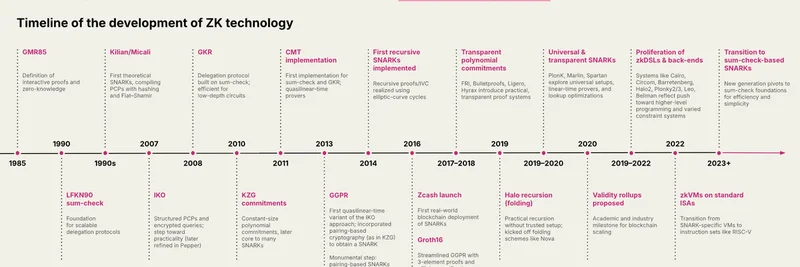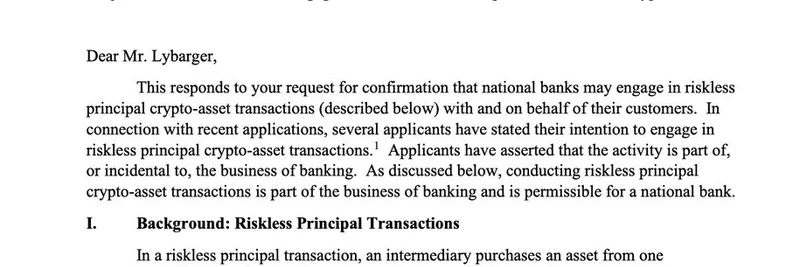In the fast-evolving world of blockchain, privacy and scalability are the holy grails. Recently, a tweet from Luis Bezzenberger (@bezzenberger) caught my eye, highlighting an under-the-radar technology that could shake things up. He's responding to a post from a16z crypto about zero-knowledge (ZK) proofs, which have been game-changers for keeping transactions private while proving their validity without revealing details.
ZK proofs, in simple terms, let you prove something is true without showing the underlying data—like verifying you're over 21 without flashing your ID. They've powered scaling solutions like layer-2 rollups and privacy-focused apps. But Bezzenberger points out there's more to the story: threshold-homomorphic encryption, or tHE for short.
He explains that while ZK is great for single-party scenarios, tHE shines in multi-party setups. Think exchanges, social networks, advertising, or finance where multiple users or entities need to compute on shared data without exposing it. Homomorphic encryption allows computations on encrypted data, so you get results without decrypting anything. The "threshold" part means it requires a group consensus to decrypt, adding security against single points of failure.
Put another way, ZK gives you verifiability—proving computations happened correctly. tHE provides private compute—doing those calculations without anyone peeking. Combine them, and you've got verifiable, private multi-party computation, which is huge for decentralized finance (DeFi) and beyond.
A reply from NAMCHAN (@0xNAMCHAN) adds fuel: "solid take fren tHE unlocks blind auctions in defi." Blind auctions? That's where bids are hidden until the end, preventing manipulation—perfect for fair token launches or NFT sales in the meme token space.
For meme token enthusiasts, this tech could mean more secure, private community-driven decisions. Imagine voting on treasury allocations or airdrops without revealing individual stakes, or running ad campaigns that target users privately. As blockchain practitioners, keeping an eye on tHE could give you an edge in building or investing in the next wave of privacy-enhanced projects.
Bezzenberger works on Shutter Network (@ShutterNetwork), which uses threshold encryption for base layer neutrality and information symmetry. It's a reminder that while ZK has the spotlight, tHE might be the quiet powerhouse waiting to explode. If you're diving into crypto tech, exploring how these tools interplay could supercharge your understanding and strategies.



